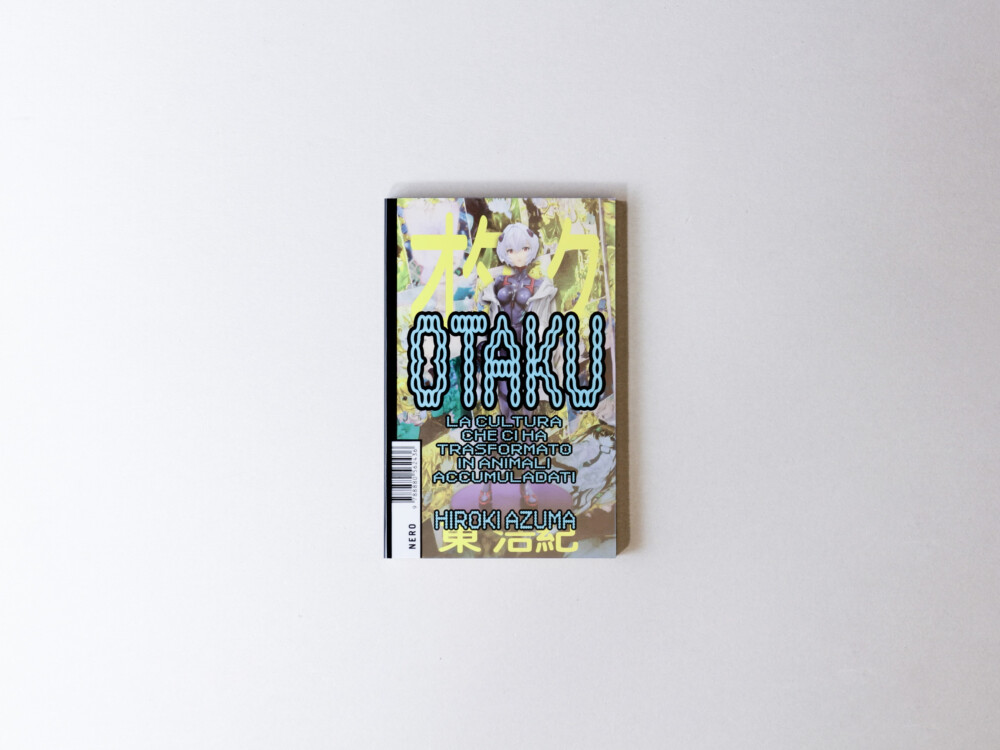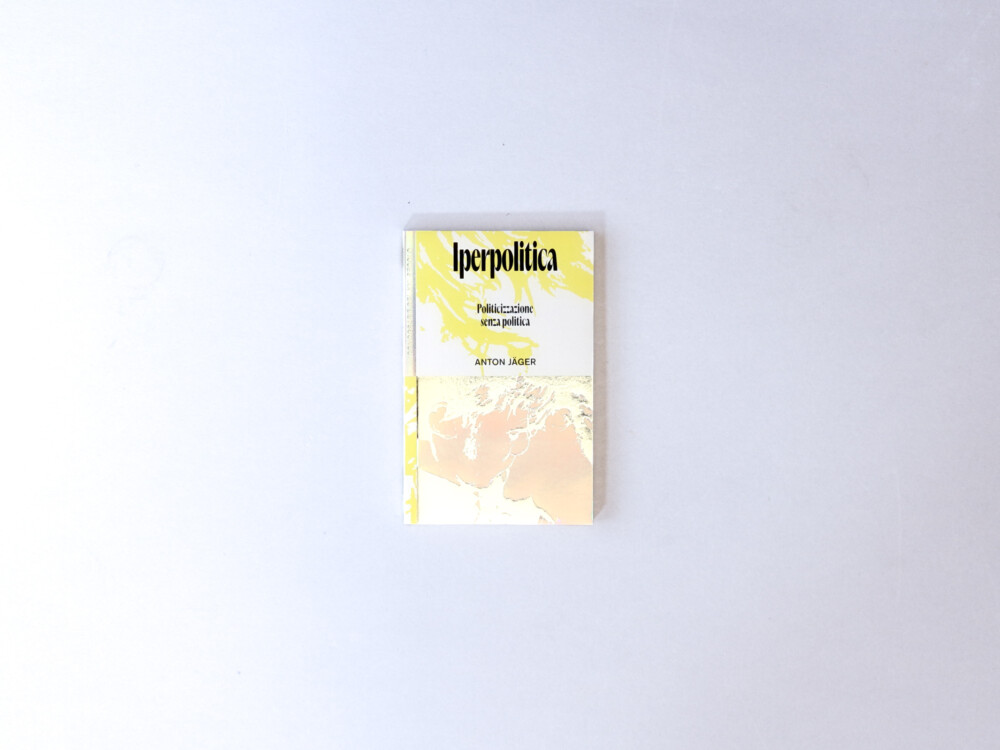The living museums
25,00€
The Living Museums. Franco Albini – BBPR – Lina Bo Bardi – Carlo Scarpa is an analysis of four museums by architectural historian Orietta Lanzarini. These museums were built between the 1940s and 1960s, and set up by some of the most groundbreaking Italian architects of the 20th century: Franco Albini, BBPR, Lina Bo Bardi and Carlo Scarpa. With different approaches and strategies, they rethought and redesigned the Second World War’s museums and their purposes. Despite their intrinsic differences, the four case studies show how all these architects’ projects sought to achieve two common purposes: to make art education accessible to everyone and to highlight the value of history in building the present. The Museo di Arte Antica del Castello Sforzesco in Milan (1947-1956) designed by Studio BBPR, aimed to be ‘popular’ and ‘didactic’ at the same time, clashing with Ernesto Nathan Rogers’ idea of history; The Galleria Comunale di Palazzo Bianco in Genoa (1949-1951), by Albini, placed modern displaying devices in an ancient palace, encouraging the development of one’s own visual culture; the Gipsoteca “Antonio Canova” in Possagno (1955-1957), is considered as Carlo Scarpa’s most difficult work; it combines a series of artistic, architectural and literary sources from the 17th century, exhibiting, through lighting effects, Canova’s works. The MASP – Museo de Arte de São Paolo, Brazil (1947-1950; 1957-1968), designed by Lina Bo focused on the ideas of collective education and the adaptability of spaces to different cultural functions. An anthology of essays by Albini, BBPR, Bo Bardi, Scarpa and art historian Giulio Carlo Argan completes the volume, drawing attention back to some themes that are crucial also for contemporary Museography.


















